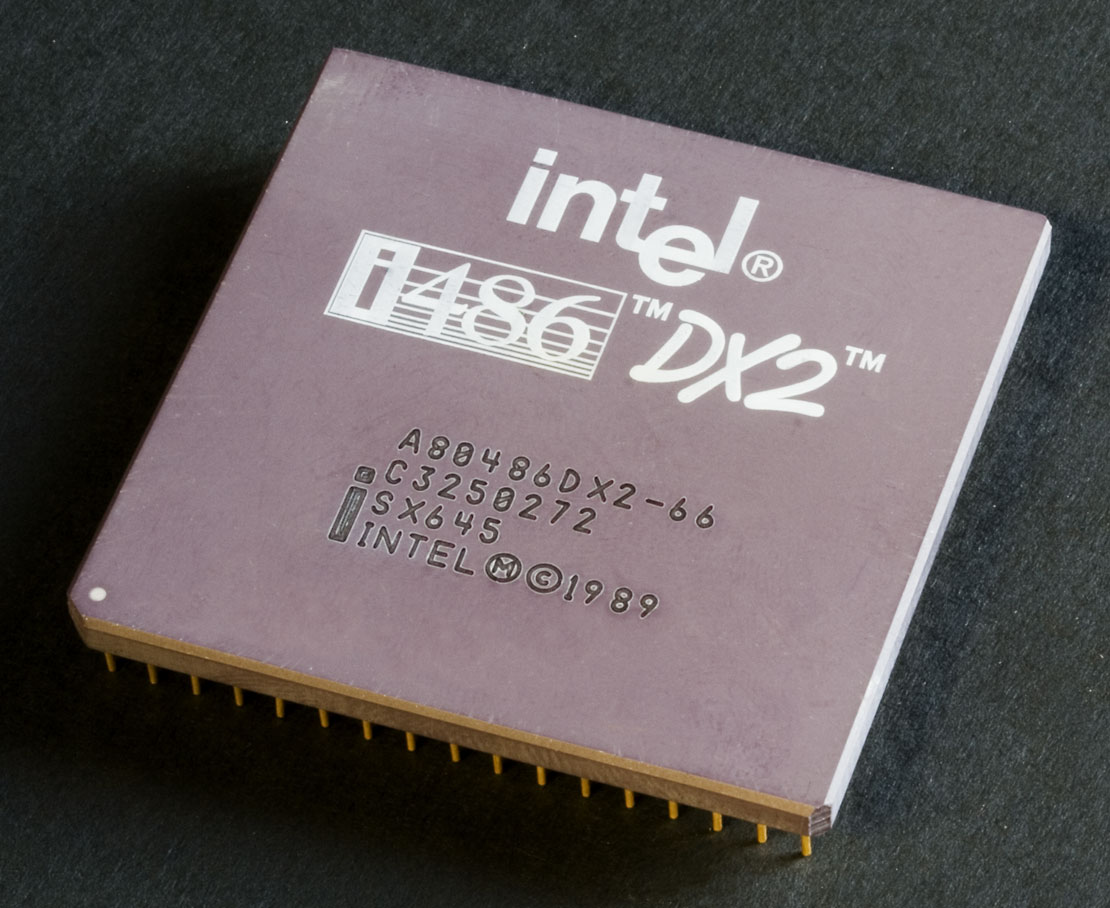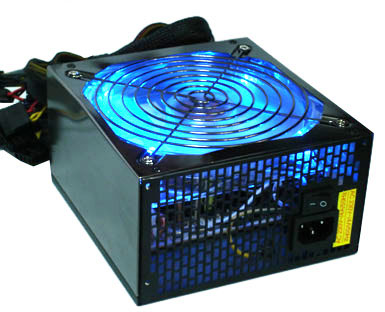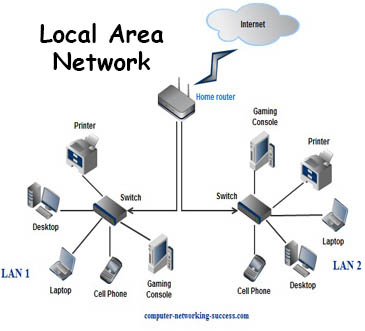Glossary of terms
RAMRAM (pronounced ramm) is an acronym for random accessmemory, a type of computer memory that can be accessed randomly; that is, any byte of memory can be accessed without touching the preceding bytes. RAM is the most common type of memory found in computers and other devices, such as printers.

CPU
A central processing unit is the component within a computer that carries out the instructions of a computer program by performing the basic arithmetical, logical, and input/output operations of the system. The term has been in use in the computer industry at least since the early 1960's.

GPU
A graphics processing unit (GPU), is a specialized electronic circuit designed to rapidly manipulate and alter memory to accelerate the creation of images. GPUs are used in embedded systems, mobile phones, personal computers, workstations, and game consoles. Modern GPUs are very efficient at manipulating computer graphics, and their highly parallel structure makes them more effective than general-purpose CPUs for processing.

Video Displays/output
Television, or TV for short, is a telecommunication medium for transmitting and receiving moving images that can be monochrome (black-and-white) or colored, with or without accompanying sound. "Television" may also refer specifically to a television set, television program, or television transmission.

A monitor or a display is an electronic visual display for computers. The monitor comprises the display device, circuitry and an enclosure. The display device in modern monitors is typically a thin film transistor liquid crystal display (TFT-LCD) thin panel, while older monitors used a cathode ray tube (CRT) about as deep as the screen size.

Sound/Audio
A sound card is an expansion board that enables a computer to manipulate and output sounds. Sound cards are necessary for nearly all CD-ROMs and have become commonplace on modern personal computers. Sound cards enable the computer to output sound through speakers connected to the board, to record sound input from a microphone connected to the computer, and manipulate sound stored on a disk.

Computer speakers, are speakers external to a computer, that disable the lower fidelity built-in speaker. They often have a low-power internal amplifier. The standard audio connection is a 3.5 mm (approximately 1/8 inch) stereo phone connector often color-coded lime green (following the PC 99 standard) for computer sound cards.
Storage Media
An internal hard drive is a hard drive that resides inside the computer. Most computers come with a single internal hard drive, which includes the operating system and pre-installed applications. While laptop computers only have room for one internal hard drive.
A hard drive that is outside of the computer case in its own enclosure. Most external hard drives support the IDE interface and are slightly bigger than a hard drive itself.
Power Supply
The component that supplies power to a computer. Most personal computers can be plugged into standard electrical outlets. The power supply then pulls the required amount of electricity and converts the AC current to DC current. It also regulates the voltage to eliminate spikes and surges. Not all power supplies do an adequate voltage-regulation job.

Software Kernel
In computing, the kernel is a computer program that manages input/output requests from software and translates them into data processing instructions for the central processing unit and other electronic components of a computer. The kernel is a fundamental part of a modern computer's operating system.

HCI
Short for human-computer Interaction, a discipline concerned with the study, design, construction and implementation of human-centric interactive computer systems. A user interface, such as a GUI, is how a human interacts with a computer.
LAN
A local-area network (LAN) is a computer network that spans a relatively small area. Most LANs are confined to a single building or group of buildings, however, one LAN can be connected to other LANs over any distance via telephone lines and radio waves.

A local-area network (LAN) is a computer network that spans a relatively small area. Most LANs are confined to a single building or group of buildings, however, one LAN can be connected to other LANs over any distance via telephone lines and radio waves.

GPRS
Short for General Packet Radio Service, a standard for wireless communications which runs at speeds up to 115 kilobits per second, compared with current GSM (Global System for Mobile Communications) systems' 9.6 kilobits.
GPRS, which supports a wide range of bandwidths, is an efficient use of limited bandwidth and is particularly suited for sending and receiving small bursts of data, such as e-mail and Web browsing, as well as large volumes of data.

Short for General Packet Radio Service, a standard for wireless communications which runs at speeds up to 115 kilobits per second, compared with current GSM (Global System for Mobile Communications) systems' 9.6 kilobits.
GPRS, which supports a wide range of bandwidths, is an efficient use of limited bandwidth and is particularly suited for sending and receiving small bursts of data, such as e-mail and Web browsing, as well as large volumes of data.

WAP
Short for the Wireless Application Protocol, a secure specification that allows users to access information instantly via handheld wireless devices such as mobile phones, pagers, two-way radios, smartphones and communicators.
Cache
Cache is a specialized form of computer memory. In the case of Internet, cache is commonly used in the context of "browser cache". Cache is designed to speed up the computer by prioritizing its contents for quick access.
cache holds copies of recently accessed data such as a web page and pictures on web pages. It keeps this data ready to "swap" onto your screen within fractions of a second. So, instead of requiring your computer to go to the original web page and photos in Denmark, the cache simply offers you the lastest copy from your own hard drive.
Short for the Wireless Application Protocol, a secure specification that allows users to access information instantly via handheld wireless devices such as mobile phones, pagers, two-way radios, smartphones and communicators.
Cache
Cache is a specialized form of computer memory. In the case of Internet, cache is commonly used in the context of "browser cache". Cache is designed to speed up the computer by prioritizing its contents for quick access.
cache holds copies of recently accessed data such as a web page and pictures on web pages. It keeps this data ready to "swap" onto your screen within fractions of a second. So, instead of requiring your computer to go to the original web page and photos in Denmark, the cache simply offers you the lastest copy from your own hard drive.
MCP
MCP's (media and communications processors) are designed for professional users who demand stable, reliable, high-performance computing. The NVIDIA nForce Professional line offers a scalable architecture for AMD Optero multiprocessor servers and workstations, including a proven fifth-generation HyperTransport design.
2D VS 3D Graphics Processing
There are generally two types of images a GPU has to calculate, which is also called rendering. Most applications like the operating system’s desktop (except e.g. Windows Vista’s Aero Desktop) or office applications the GPU has to render two dimensional (2D) pictures. Modern GPU's are so powerful that there is no difference in 2D performance between low-cost and expensive GPU's. The minor part of today’s applications use 3D pictures to simulate three-dimensionality. Examples for such applications are computer and video games or applications for design and technical construction (CAD).
MCP's (media and communications processors) are designed for professional users who demand stable, reliable, high-performance computing. The NVIDIA nForce Professional line offers a scalable architecture for AMD Optero multiprocessor servers and workstations, including a proven fifth-generation HyperTransport design.
2D VS 3D Graphics Processing
There are generally two types of images a GPU has to calculate, which is also called rendering. Most applications like the operating system’s desktop (except e.g. Windows Vista’s Aero Desktop) or office applications the GPU has to render two dimensional (2D) pictures. Modern GPU's are so powerful that there is no difference in 2D performance between low-cost and expensive GPU's. The minor part of today’s applications use 3D pictures to simulate three-dimensionality. Examples for such applications are computer and video games or applications for design and technical construction (CAD).
Subscription TV
Pay television or premium channels refer to subscription-based television services, usually provided by both analog and digital cable and satellite television, but also increasingly via digital terrestrial and internet television.
ETV
Enhanced-definition television, or extended-definition television (EDTV) is an American Consumer Electronics Association (CEA) marketing shorthand term for certain digital television (DTV) formats and devices. This term defines formats that deliver a picture superior to that of standard-definition television (SDTV) but not as detailed as high-definition television (HDTV).
The term refers to devices capable of displaying 480-line or 576-line signals in progressive scan, commonly referred to as 480p (NTSC-HQ) and 576p (PAL) respectively, as opposed to interlaced scanning, commonly referred to as 480i (NTSC) or 576i (PAL). High-motion is optional for EDTV.
The term refers to devices capable of displaying 480-line or 576-line signals in progressive scan, commonly referred to as 480p (NTSC-HQ) and 576p (PAL) respectively, as opposed to interlaced scanning, commonly referred to as 480i (NTSC) or 576i (PAL). High-motion is optional for EDTV.
API
An application programming interface (API) specifies how some software components interact with each other.
AS well as accessing databases or computer hardware, such as hard disk drives or video cards, an API can be used to ease the work of programming graphical user interface components.
AS well as accessing databases or computer hardware, such as hard disk drives or video cards, an API can be used to ease the work of programming graphical user interface components.
Compiled Programming language for games
C++ is a general purpose programming language that is free-form and compiled. It is regarded as an intermediate-level language, as it comprises both high-level and low-level language features. It provides imperative, object-oriented and generic programming features.
Interpreted programming language for games
Java is a programming language expressly designed for use in the distributed environment of the Internet. It was designed to have the look and feel of the C++ language.
Java is a programming language expressly designed for use in the distributed environment of the Internet. It was designed to have the look and feel of the C++ language.
Object orientated programming
A type of programming in which programmers define the data type of a data structure, and also functions that can be applied to the data structure. In this way, the data structure becomes an object that includes both data and functions.
A type of programming in which programmers define the data type of a data structure, and also functions that can be applied to the data structure. In this way, the data structure becomes an object that includes both data and functions.
Scripting language for games
In video game development, Lua is widely used as a scripting language by game programmers, perhaps owing its perceived easiness to embed, fast execution, and short learning curve.
GameDev.net made a poll in 2003 that showed Lua as a most popular scripting language for game programming.Lua is commonly described as a “multi-paradigm” language.
In video game development, Lua is widely used as a scripting language by game programmers, perhaps owing its perceived easiness to embed, fast execution, and short learning curve.
GameDev.net made a poll in 2003 that showed Lua as a most popular scripting language for game programming.Lua is commonly described as a “multi-paradigm” language.

No comments:
Post a Comment